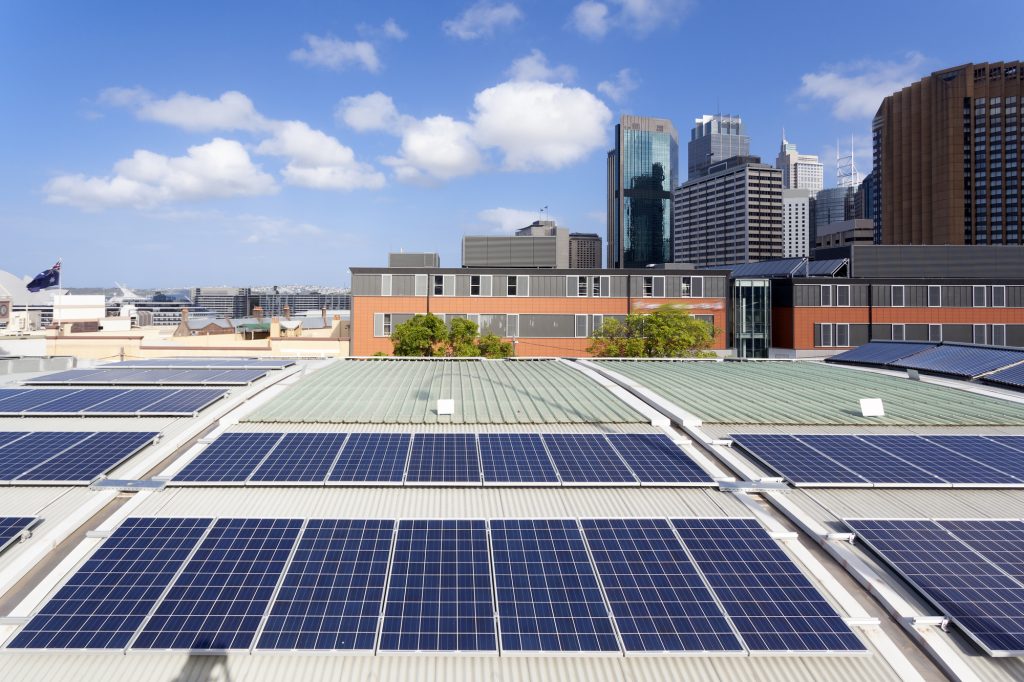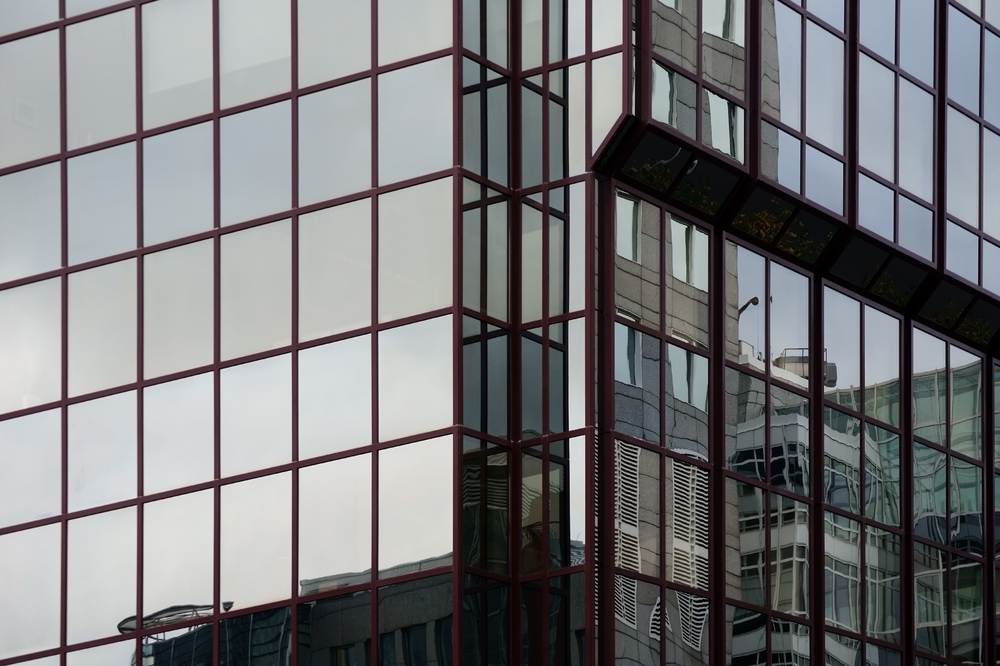
Top 10 Projects to Conduct for More Energy Efficient Buildings
With over 25% of all energy in the United States going to commercial buildings, apartments, schools, contractors, and property management companies alike are looking to energy efficient buildings as cost-effective and long-lasting options.
The overall goals of energy efficient buildings are minimizing environmental impact and reducing energy consumption. Upgrading to an energy efficient building will improve building durability, lessen noise, improve comfort, promote safety and health, and lower property operating costs over time.
In the past, companies have worried about how to afford the costs of constructing an eco-friendly building. Fortunately, making properties more energy efficient is becoming more affordable. This is partially because property owners and managers are investing heavily in energy efficient building projects more than ever before.
Whether you’re renovating or restoring, here are the top 11 projects you must add to your building that will save you money and hassle over time.
Designing an Energy Efficient Building
Planning an energy efficient building goes much deeper than just building layout and materials. Think of it as a “whole-building design” where all parts work together to create a complete system.
An energy efficient building should take up as little space as possible to reduce the use of materials, resources, and waste. However, the building should allow for future renovation and additions without greatly impacting the use of the building.
Energy Efficient Building Insulation
Keep energy use low no matter the season by installing quality insulation.
Continuous insulation (CI) is a consecutive layer of insulation covering all structural parts of a building. As a continuous layer, CI reduces energy use, prevents condensation, and promotes a comfortable climate in the building.
Other energy efficient building materials worth considering are spray foam insulation, structural insulated (SIP) panels, water-resistant house wrap, and insulated concretes.
Reduce Energy Costs with Energy Efficient Windows

Large windows let in lots of natural light to brighten your energy efficient building. Consequently, the direct sunlight increases indoor temperatures, causing buildings to use more energy for cooling.
In the northern climates, large windows facing the south take advantage of solar heat and extra light during the winter. If you live in the southern climate, north-facing windows still give plenty of light. Limit south-facing windows or add shades and overhangs to prevent excess heat from the sun.
Energy efficient windows and low-emissivity (Low-E) window glazing saves energy. Install energy efficient skylights with high ENERGY STAR ratings to improve natural light. Adding a Low-E window glaze to windows cools buildings without using more energy in warmer climates.
You can improve window efficiency throughout your building by adding caulking and weather-stripping to your building’s exterior and installing window treatments inside.
Energy Efficient Building Roofs
Energy efficient roofs are designed to be cool, meaning they reflect sunlight rather than absorb it. They are durable, improve building comfort, and have longer lives than traditional roofs.
Painting a coat of light-colored or reflective pigment onto an existing metal low-slope roof will lower solar absorption to under 50%.
Shingles and clay or concrete tiles are recommended for steep-sloped roofs. Solar reflective grains embedded in cool shingles reflect sunlight keeping the roof cool.
For commercial flat roofs, check out the benefits of a green roof. These gardens are customizable from simple plant coverings to complex gardens. They’re all-natural, resourceful, and keep your energy efficient building cool.
Efficient Heating and Cooling
Without question, a building’s heating and cooling are the two biggest energy costs. Upgrade to a heating, ventilation, and air conditioning (HVAC) system that is energy efficient.
Energy efficient HVAC systems that are professionally installed can improve your energy efficiency by 30%.
An energy efficient HVAC system will lower energy usage, but how you work, live, and use an energy efficient building determines HVAC efficiency. Keep air vents clear, regularly replace air filters, and perform annual maintenance on your HVAC system to keep up optimal performance.
Ventilation in an Energy Efficient Building
Good ventilation is necessary to prevent moisture build-up, expel pollutants, and improve air quality.
Energy efficient buildings include energy recovery ventilation systems. Exhaust fans and spot ventilation in bathrooms and kitchens reduce pollutants and moisture.
Natural ventilation is an economical energy efficient option. It’s a combination of ceiling fans, spot ventilation, and window fans working together to ventilate airflow.
All vents and HVAC systems should be properly sealed and maintained to promote energy efficiency and prevent leaks and moisture build-up.
Energy Efficient Lights
All energy efficient buildings are in need of lights. Large durable windows are a fantastic way to take advantage of daytime light, but what can you use once the sun goes down?
LED (light-emitting diode) lights are long-lasting, durable and use little energy. Light controls, such as dimmers, control the amount of light needed. Dimmed lights use less energy than bright lights.
Task lighting focuses light on specific work areas, using less energy than traditional light fixtures.
High-Efficiency Appliances
Retrofitting older multifamily properties with ENERGY STAR rated appliances is another way to improve energy efficiency. There are numerous ENERGY STAR rated refrigerators, dishwashers, ovens, stoves, washers, and dryers. In-unit washers and dryers are also the most sought after amenity that properties fail to offer.
Energy efficient dishwashers and clothing washers use less water and energy. All energy efficient appliances guarantee lower energy use and costs.
Renewable Energy Options
Harness the power of the sun and wind with renewable energy sources. Not only will you lower energy costs, but your energy efficient building can help power local infrastructure as well.
Solar panels and small wind systems can power appliances, electricity, HVAC, and hot water. Microhydropower is another form of renewable energy that transforms nearby flowing water into electricity.
Energy Efficient Landscaping
How plants and trees are situated around a building affects energy efficiency.
Trees provide lots of shade during the summer months, protecting buildings from the sun’s heat. During the winter months, trees let in more sunlight to naturally heat a building.
If you’re looking to remodel your property building, include these projects to promote the building’s longevity, durability, and energy efficiency. Reach out with any questions you have about finding the right contractor for your energy efficient building needs.
Find Contractors Using BidSource
Property managers can use BidSource to have our team find a contractor ready to assist with your next project. Share your project details using the form below and our team will be in touch with a qualified contractor!


